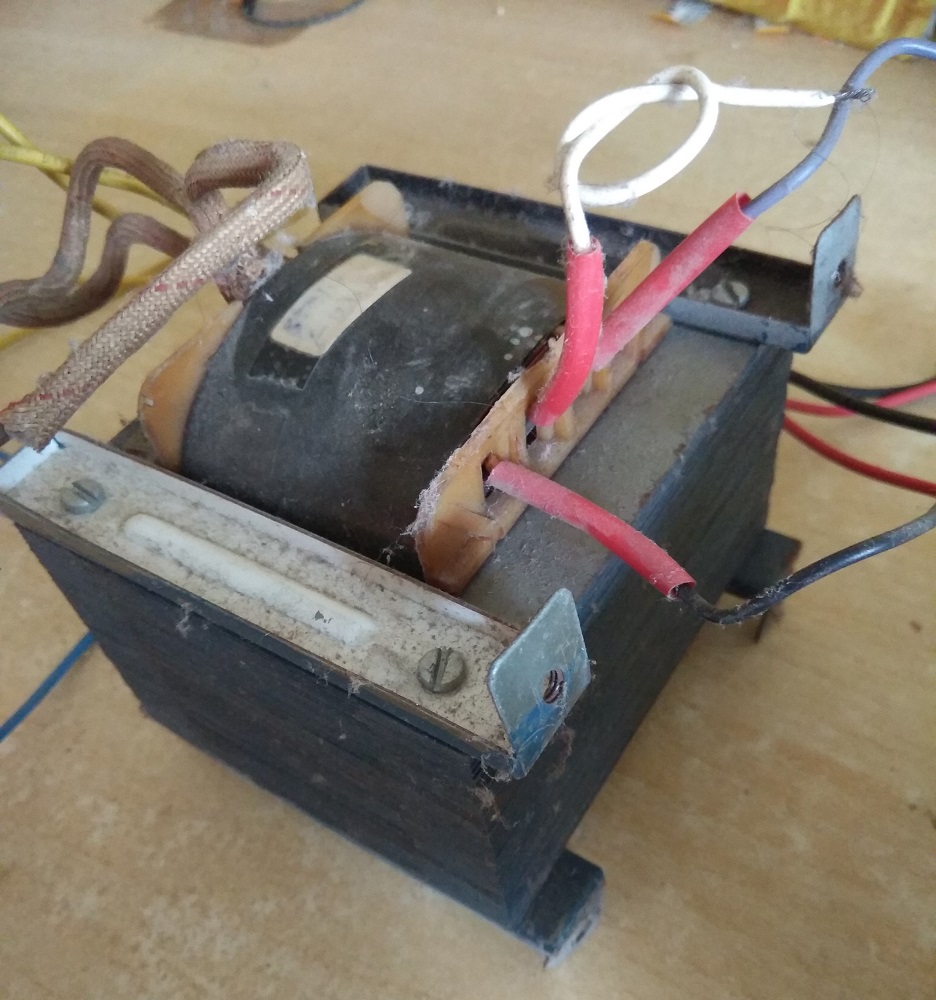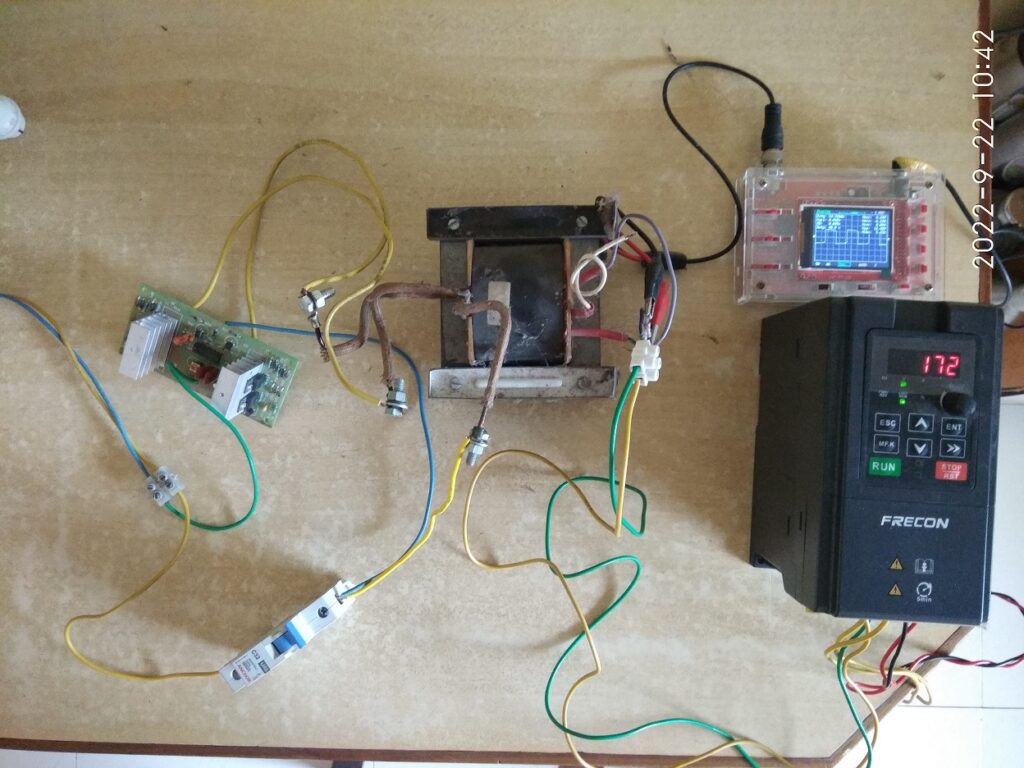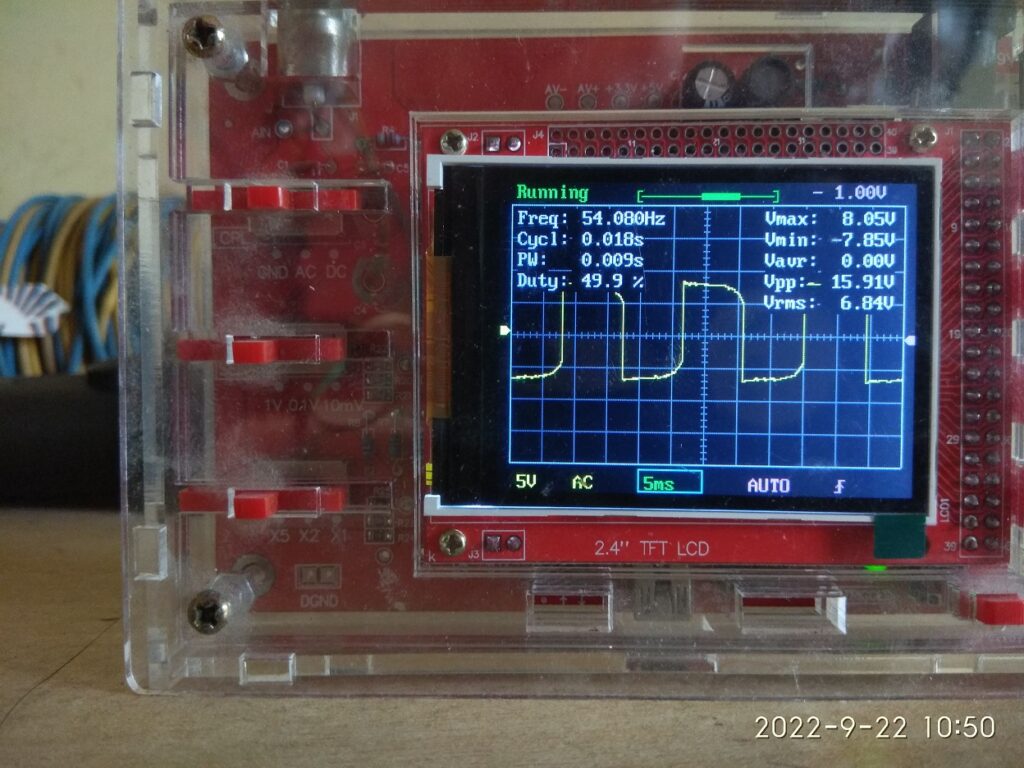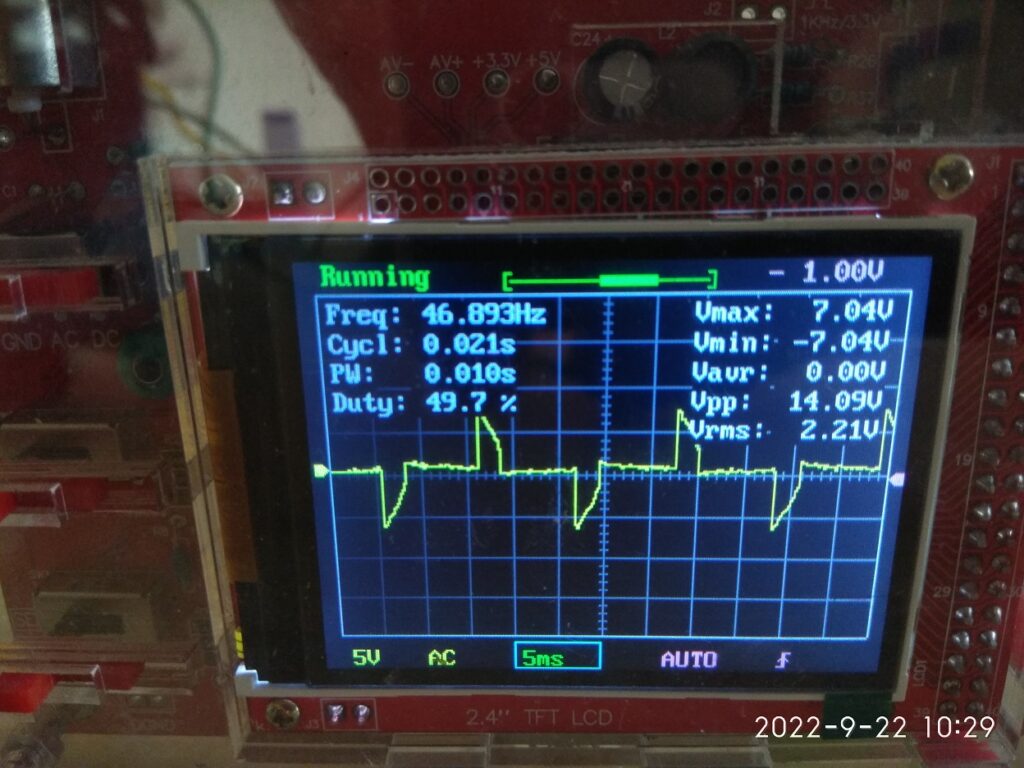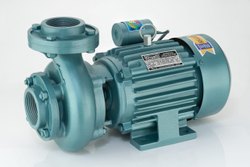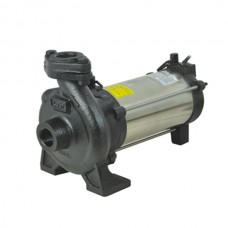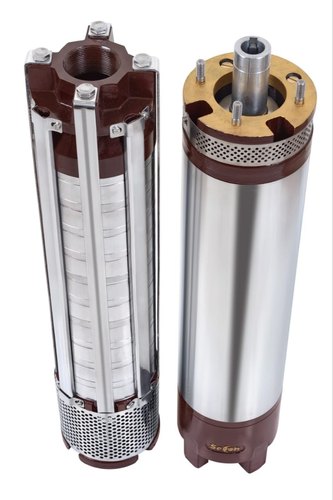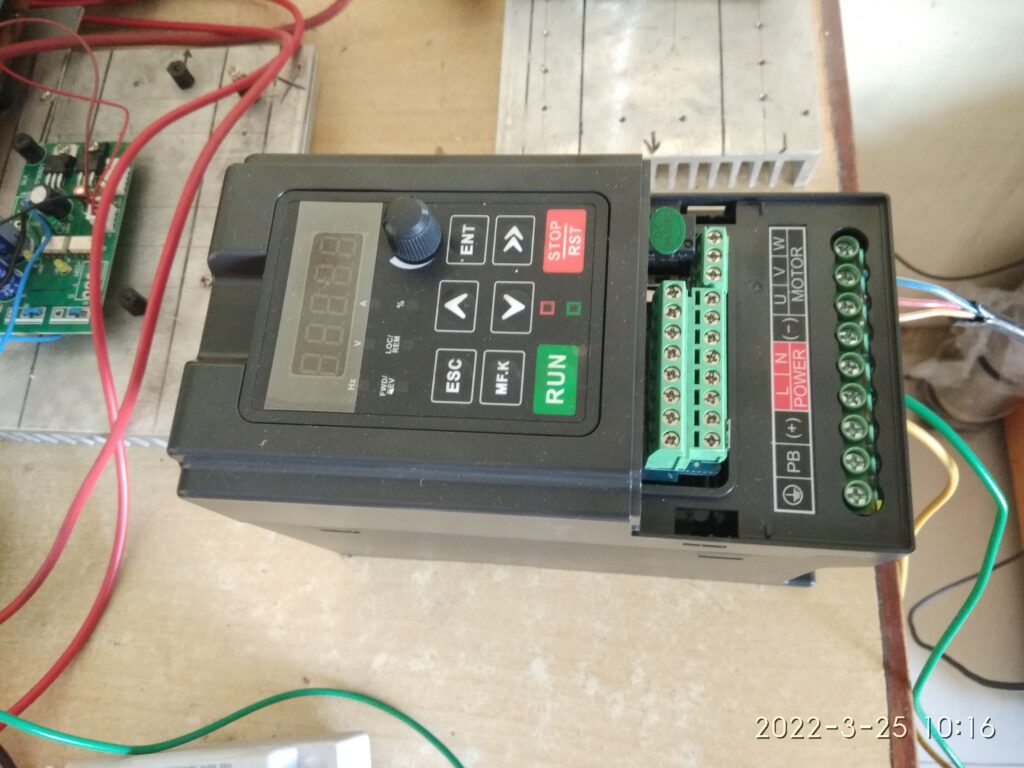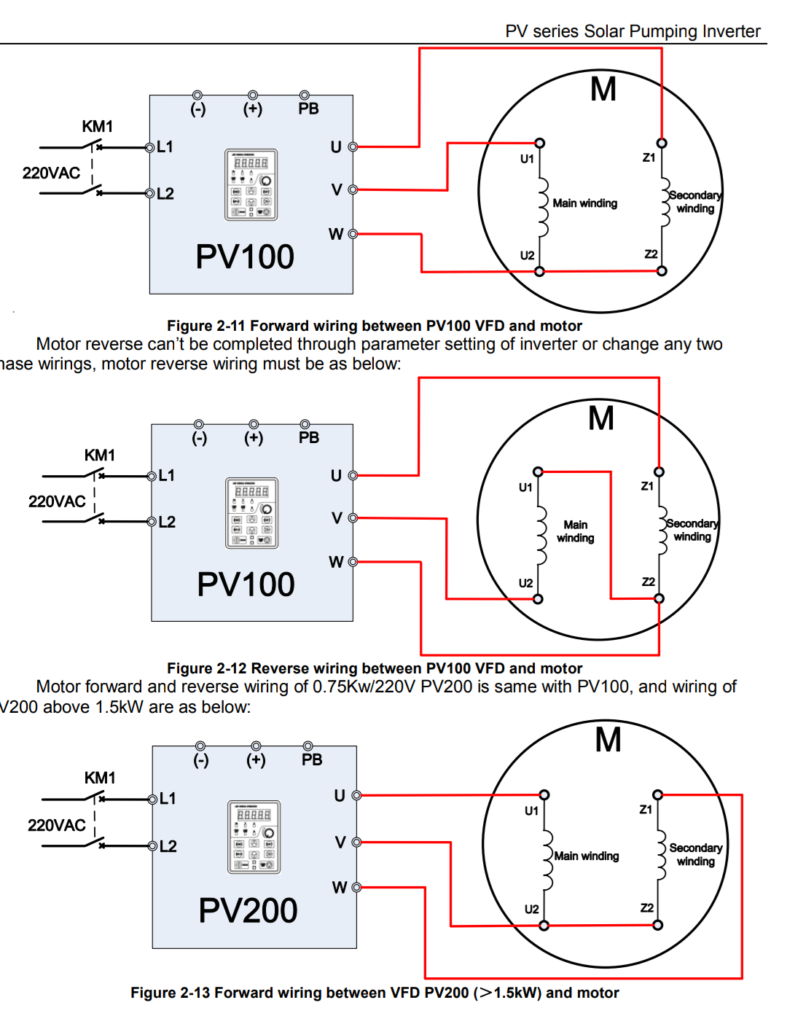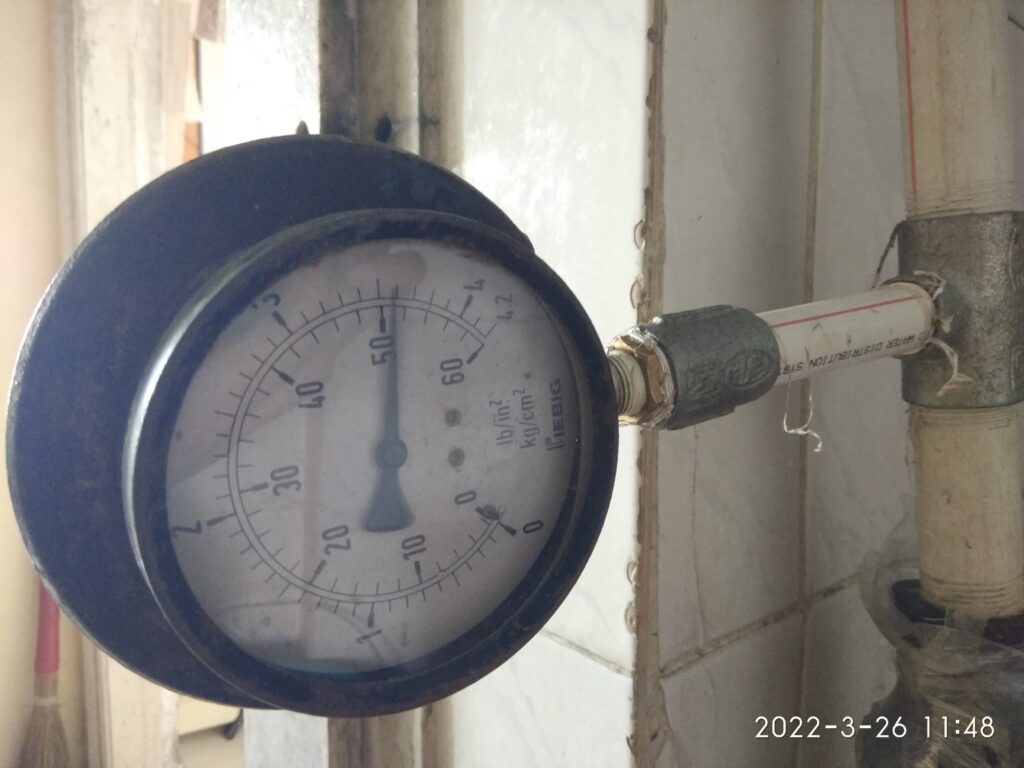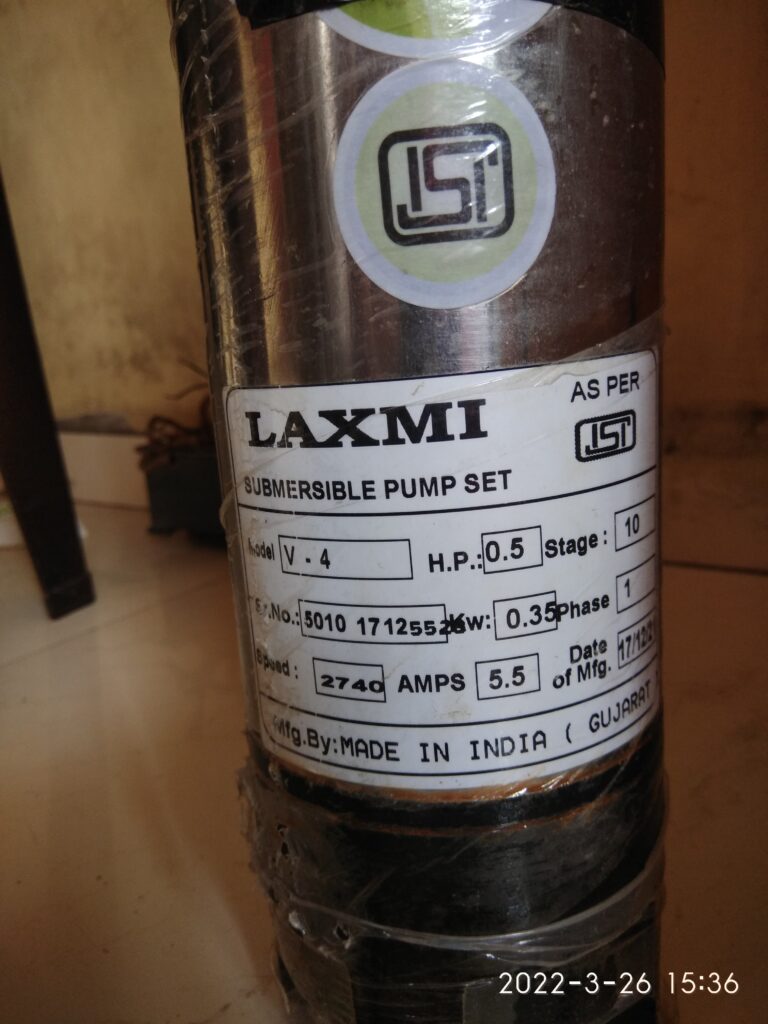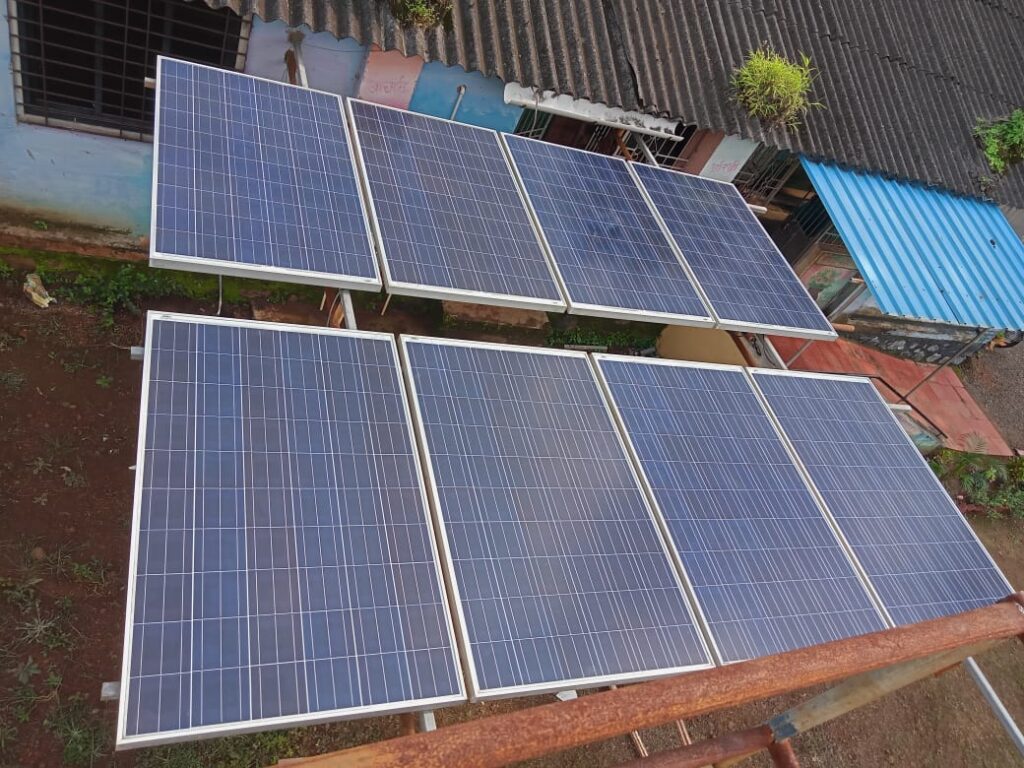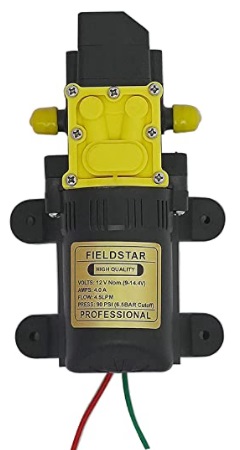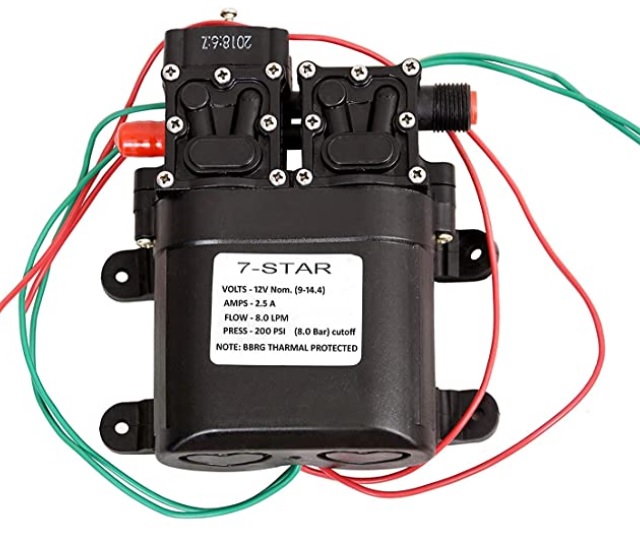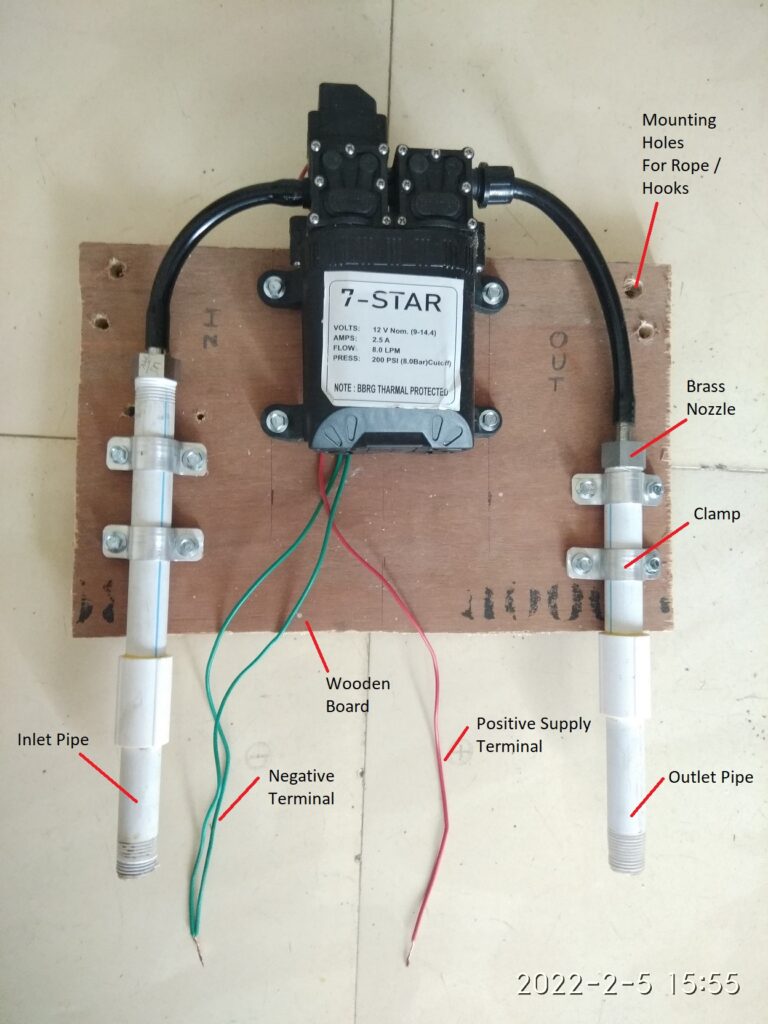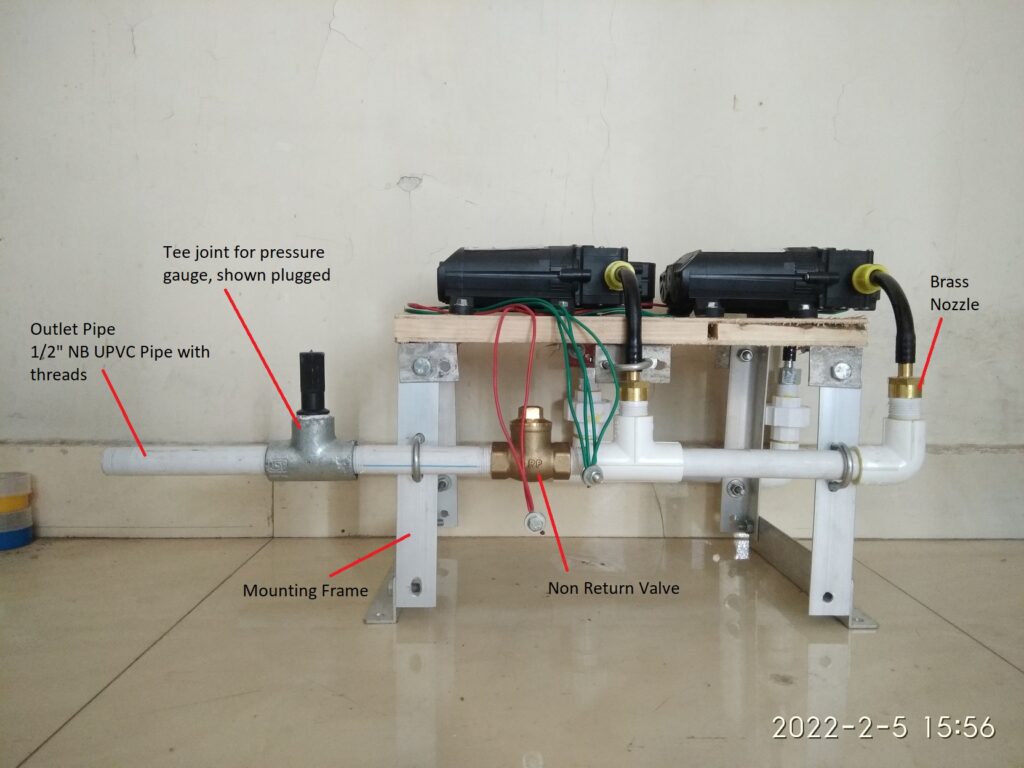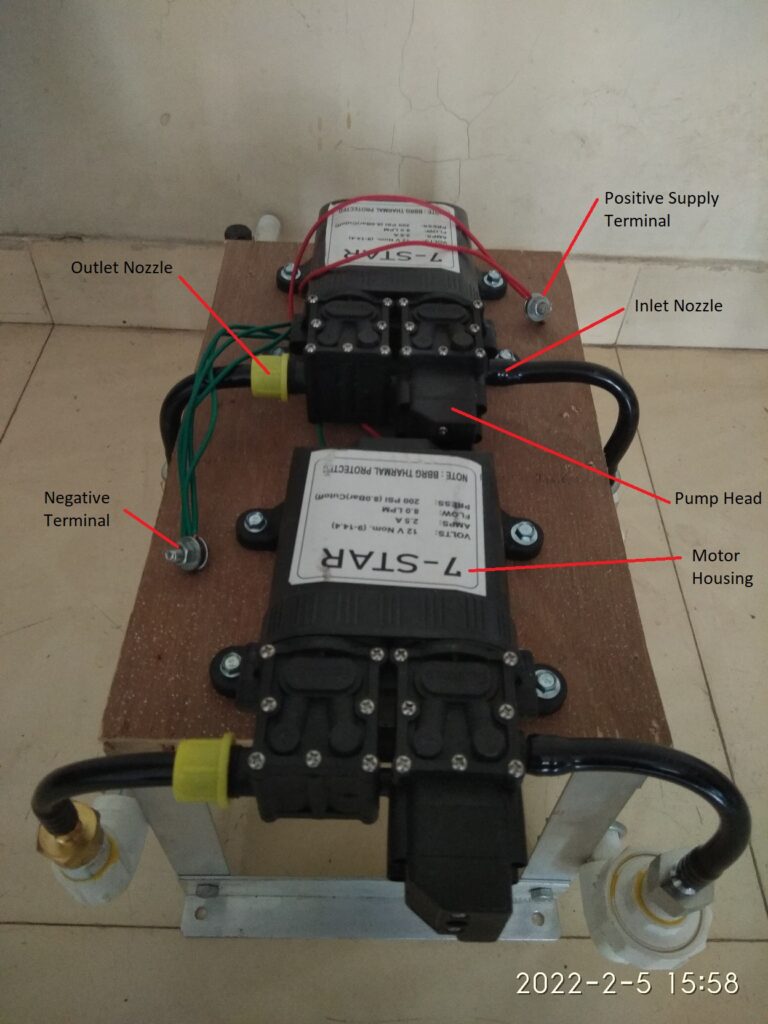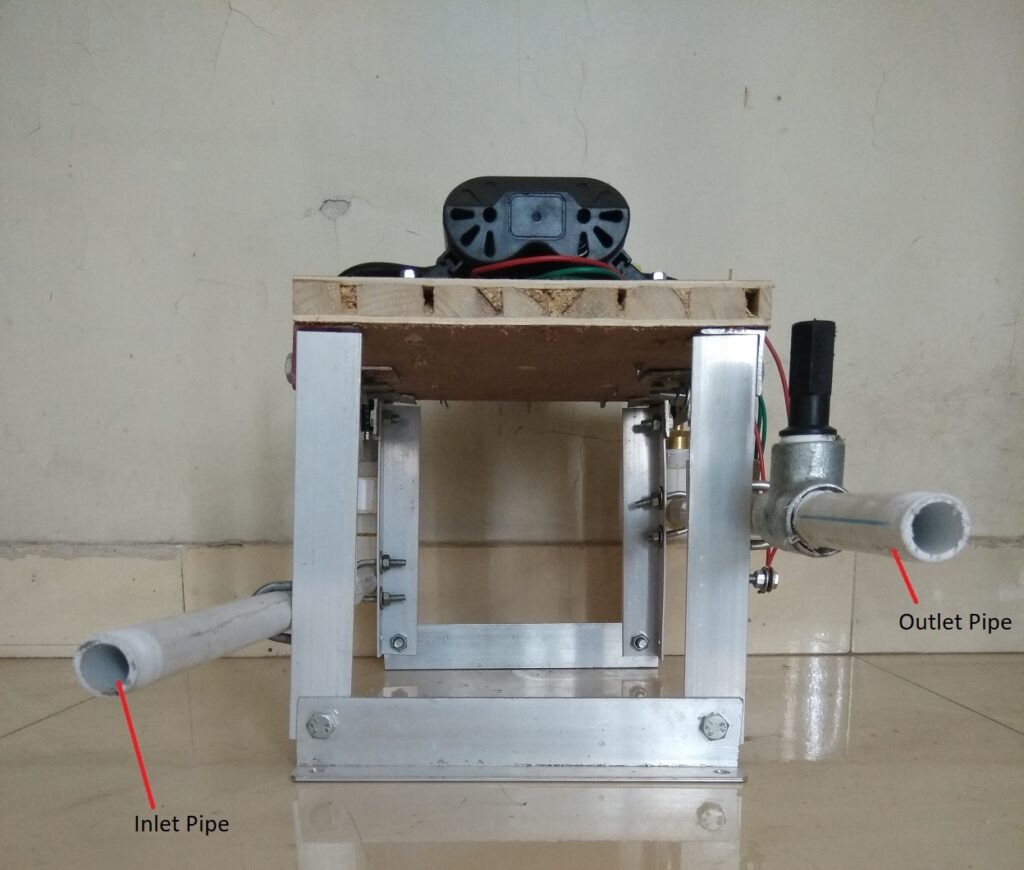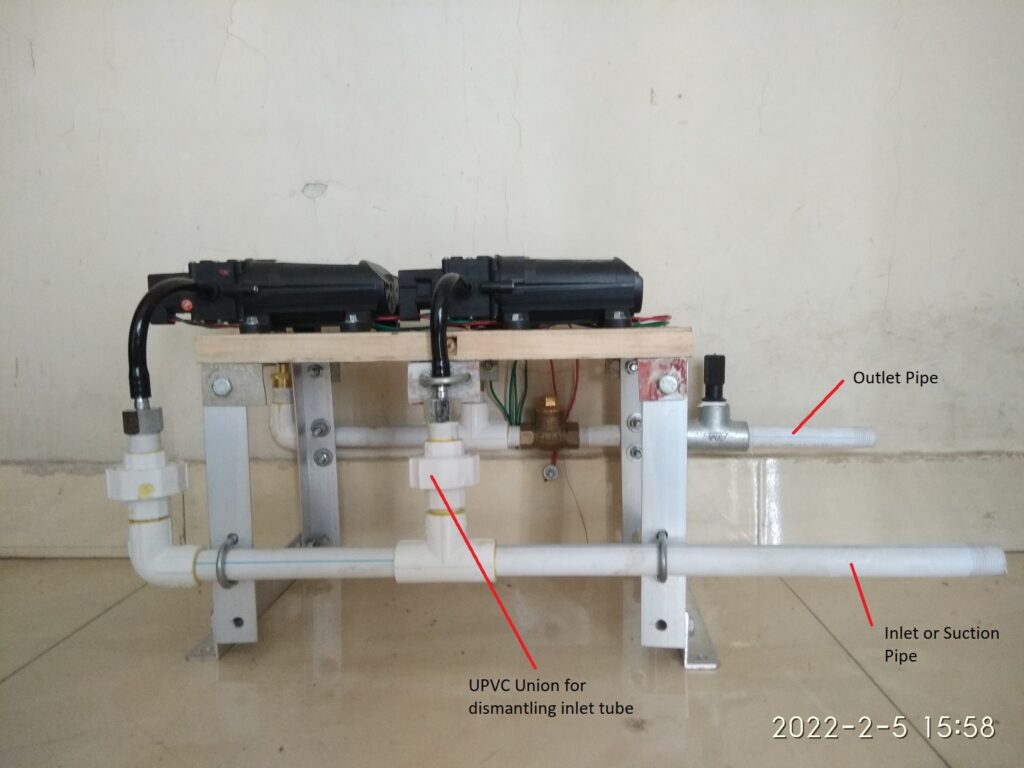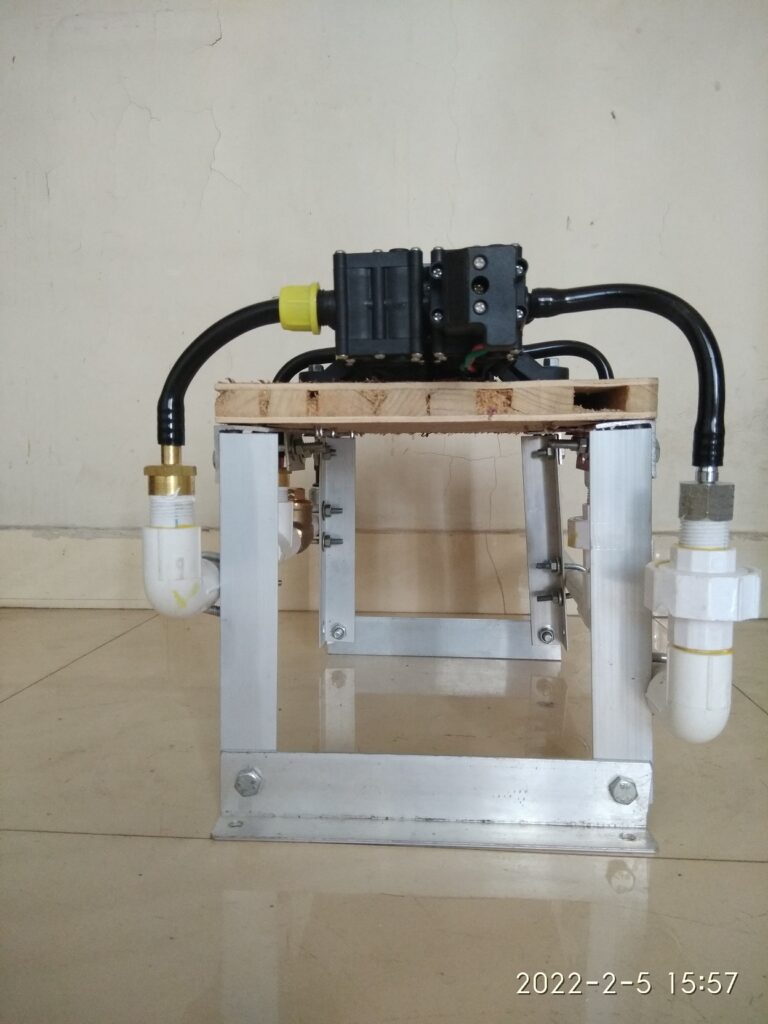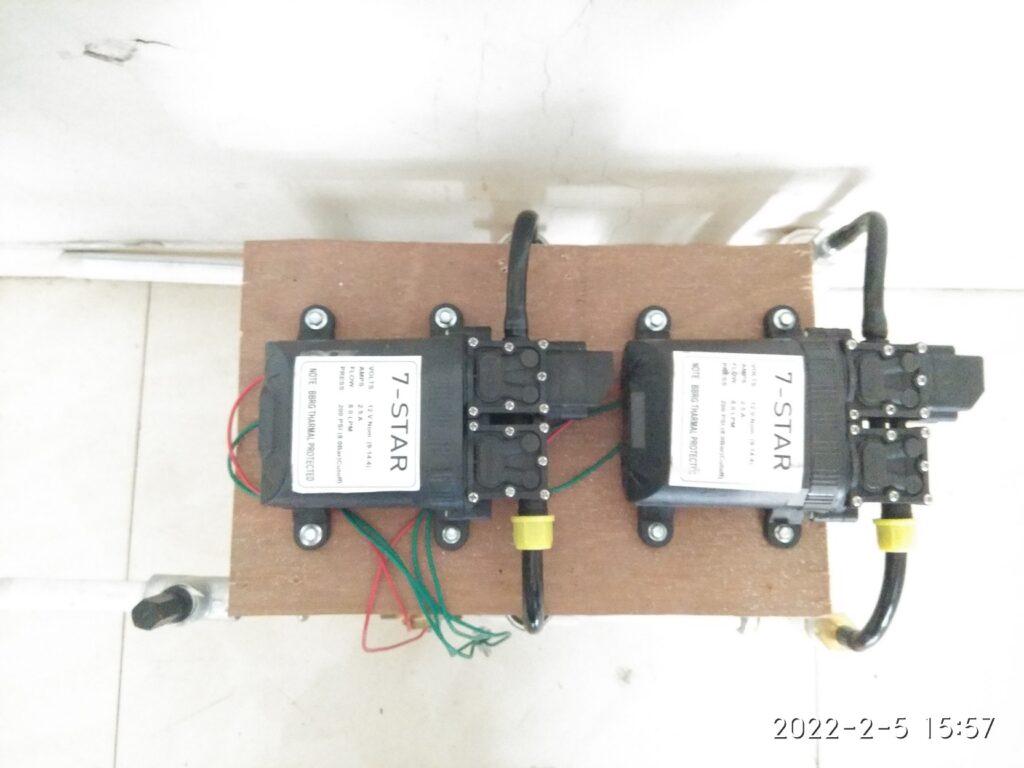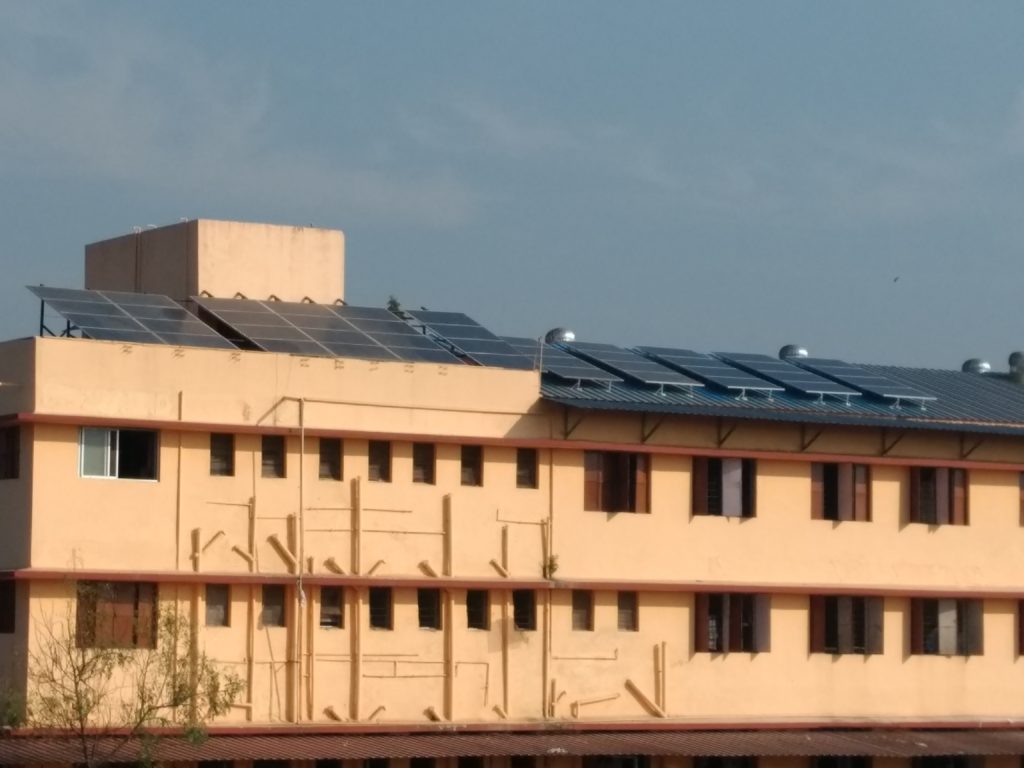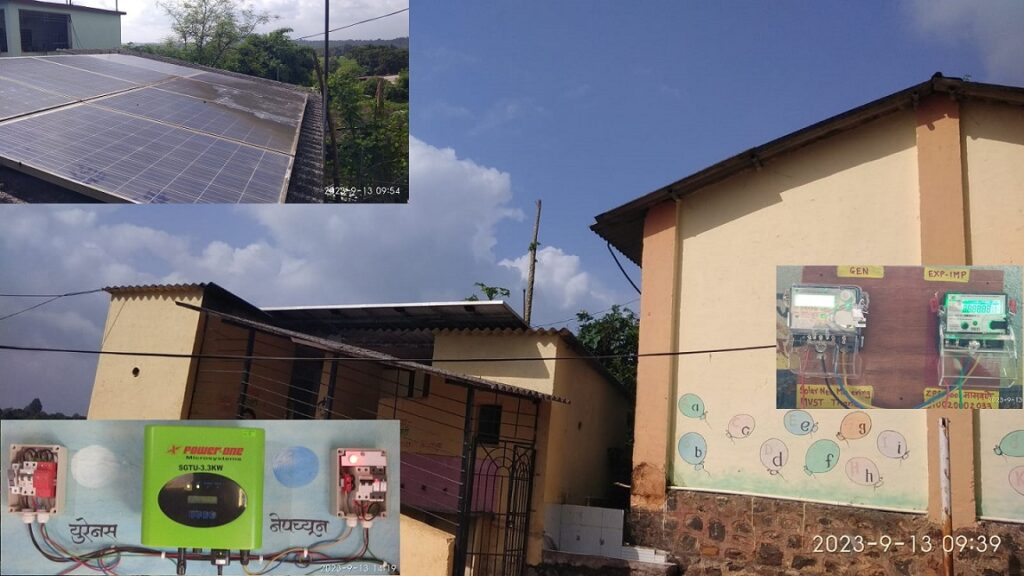
मुंबई नाशिक हायवेवरुन वासिंदला उजवीकडे वळले की रेल्वेलाईन व नंतर नदी ओलांडून अरूंद रस्ता वळणावळणांनी फिरत जातो, वाटेत शेई-शेरी गावाच्या खुणा, चौक लागतात, क्वचित एखादे श्रीमंती पण विना वावर ओस दिसणारे फार्म हाउस.
शहापूरच्या भेट दिलेल्या बऱ्याच शाळांसाठी जो सरळसोट अन् प्रशस्त शहापूर किन्हवली रस्ता परीचयाचा झाला आहे, त्यामानाने हा रस्ता तसा निबीड म्हणावा लागेल.
तर शेरी पुढे नव्याने मोठ्या प्रमाणावर बांधकाम सुरू असलेल्या समृद्धीमार्गापल्याडही जावे लागते आणि मग तंटामुक्त च्या दिमाखदार कमानीतून पुढे जाऊन मासवणे गाव लागते. दाटीवाटीने वसलेली ५०-६० घरे असावीत, आणि त्यातून वाट काढत पुढे जि प शाळा समोर दिसते.
एकंदर तीन इमारतीत पसरलेल्या, उंच-सखल दगडी कातळाच्या जागेवर वसलेल्या शाळेसमोरच्या वाटेत आपले टणक टोकेरी अस्तित्व दाखवणारे खडक अजूनही आहेत, प्रथमदर्शनी मला जाणवले नाहीत तरी त्यातला एक खडक कारच्या तळाला स्पर्शून गेलाच.
या शाळेत ४-५ वर्षांपूर्वी बसवलेली २५० वॅटची ८ सोलर पॅनल बॅटरी सिस्टीमला जोडली आहेत, आणि अजूनही वापरात आहेत.
३ पैकी २ इमारतींना यातून दिवे आणि २ पंखे शाळेच्या वेळात चालण्याइतपत सौरवीज पुरेशी होते.
तर तिसऱ्या इमारतीला मेडा चे ३०० वॅट ची तीन पॅनल आणि स्वतंत्र इन्व्हर्टर बसवला आहे.
याच इमारतीत महावितरणचा वीज मीटरसुद्धा आहे. या इमारतीमागे स्वच्छतागृहाच्या सिमेंट पत्र्याच्या छतावर सोयोची ८ पॅनेल्स एका लोखंडी फ्रेमला बसविली आहेत. ही फ्रेम मात्र छताच्या पत्र्यावर नुसती स्वतःच्या वजनाने ठेवली आहे आणि तारांनी जुजबी बांधली आहे.
पॅनल अशी ठेवली आहेत की त्यांचे पॅरलल वायरींग बदलून सिरीजमध्ये बदलण्यासाठी ८ पैकी ४ पॅनेलच्या जंक्शनबॉक्सला पोहोचताच येईना.
दुसरीकडे शाळेला महावितरणचा वीजपुरवठा काही महिन्यांपूर्वीपासुन सुरु करून घेतलेला आहे आणि त्याचे नियमित ४००+ बिल येऊ लागले आहे. सध्या तरी शिक्षकच आपापसात पैसे जमा करून बिल भरतात. वीजपुरवठा मात्र, नक्की किती ते ना सांगता येण्याइतका, बऱ्याचदा खंडित होत असतो.
गोंधळी मॅडमसोबतच्या संवादातून महाजन साहेबांनी मालती वैद्य स्मृती ट्रस्टतर्फे या शाळेसाठी नेट मीटरींग करून देण्याचा प्रकल्प मंजूर तर केला पण हे असे काही मुद्दे प्रत्यक्ष साईटला भेट देऊनच समोर आले.
त्यातच सोलर अर्जाला महावितरणकडून मान्यता मिळाल्यावर मी इंस्टॉलेशनसाठी दिवस ठरवायला फोन केला असता असे कळले की मॅडमची आता दुसऱ्या शाळेत बदली झाली आहे आणि म्हणून त्यांनी पाटील सरांचा नंबर दिला.
ठाणे-कल्याण परिसरात नाशिक हायवेला नित्याच्या वाहतुकगर्दीच्या भीतीने लवकर निघून मी सव्वानऊवाजता शाळेत पोहोचलो तेव्हा विद्यार्थी आणि शिक्षक यायचे होते.
ते येईपर्यंत मी सर्व निरीक्षणे करून काही आडाखे बांधले. पाटील आणि दळवी सर आल्यावर त्यांच्याशी बोललो आणि नककी काय-कसे करावे यासाठी अर्थातच महाजन साहेबांना फोन लावला.
एकीकडे बिलातून सुटका हवी, दुसरीकडे बॅटरीवाली सिस्टिम चालू राहिल्यास वीजपुरवठा खंडित होईल तेव्हा शाळेसाठी चांगले.
वीजपुरवठा जास्त वेळ खंडित होत असेल तर नेटमीटरींग तितकेसे किफायतशीर ही होणार नाही, आणि शिवाय ८ पैकी ४ पॅनल चे वायरींगच बदलता येऊ शकत नाही.
तर मग असे ठरले की ८ पैकी ४ पॅनल नेट मीटरींगला जोडावी, ४ पॅनल बॅटरीलाच जोडली राहू देत. आणि पुढे सोलर मीटरची जोडणी झाल्यापासून ३-४ महीन्यांमध्ये पुढचे कसे ते ठरवता येईल.
मग यानुसार कामाला गती दिली. दळवी सरांनी मोलाचे सहकार्य केले, एका विद्यार्थ्याच्या साहाय्याने ४ पॅनलचे वायरींग हवे तसे करून घेतले.
ग्रीड टाय इन्व्हर्टर, एसीडीबी, डीसीडीबी बसवले. दळवी सरांच्या मताने मीटरसाठी सोयीची जागा ठरवून त्याची फळी बसवली.
आणि प्राथमिक चाचणी करून झाली देखील. १ किलोवॅटची पॅनल जोडली असताना काहीश्या ढगाळ वातावरणात इन्व्हर्टर १७० ते २०० वॅट वीजनिर्मिती दाखवू लागला.
जेवणाची वेळ झाली तसे शिक्षकांसोबत डबा घेऊन बसलो.
जवळपास सर्वच शाळांमध्ये जेवणाच्या टेबलवर ओळखी होतात, गप्पा होतात, जिव्हाळ्याचे विषय चर्चेला असतात – त्याबाबत समजते.
खात्रीशीर असे दोन मुद्दे हमखास येणार….
१. शाळेत नोकरीसाठी येताना करावे लागणारे प्रवासाचे सायास.
२. शाळेच्या कामाव्यतिरीक्त कराव्या लागणाऱ्या योजनांची विवंचना.
जेवणाच्याच वेळेत शाळेला मध्यान्ह भोजनाचे धान्य देणारा टेम्पो आला. त्याबाबतच्या काही बाबी समजल्या.
ग्रामपंचायतीकडून वाय-फाय योजनेसाठी शाळेमध्ये सामग्री येऊन पडली आहे परंतु त्याची अजून जोडणी केली नसल्यामुळे नुसतेच जागा अडवून पडले आहे.
तीन पैकी एका इमारतीची दुरवस्था झाल्याने पुनर्बांधणीचा प्रस्ताव दिल्याला बरेच दिवस झाले, पण अजून कार्यवाही नाही.
चार जणांपैकी पैकी एक शिक्षिका तात्पुरत्या स्वरूपात त्यांच्या नेहमीच्या शाळेऐवजी इथे येतात. असे बरेच काही. असो.
जेवण झाल्यानंतर अर्थिंगचा खड्डा घेऊन त्याची जोडणी पूर्ण केली आणि दळवी सरांना सिस्टीम कशी चालते, मीटरचे रीडिंग कसे घ्यावे, याबाबत शक्यती सर्व माहिती दिली. पुढील प्रक्रियेसाठी माझ्या बाजूने काय करायचे आणि त्यांनी शहापूर महावितरणला जाऊन टेस्टिंगसाठी मीटर देण्याचे समजावून सांगितले.
आवरते घेईतो मुलांनी गलका केला, त्यांचा आता बहुतेक खेळाचा तास सुरू होणार होता. त्यांच्यासोबत यथेच्छ फोटो काढले. शाळेच्या मैदानात ध्वजस्तंभापाशी सकाळी शांत बसून असलेली कुत्र्याची दोन गोजिरवाणी पिल्ले आता चहुकडे बागडत होती.
त्यांची आपापसात चाललेली मस्ती आणि शाळेच्या मुलांचा मैदानातला दंगा, बाल्यावस्थेचे रूप एकसारखेच की…
सकाळच्या सारखाच पुन्हा एकदा सरांनी चहा आणवला. बिन दुधाचा आणि बहुतेक गुळाचा केलेला तो कोरा चहा. एक वेगळाच छान स्वाद.
गाडी काढावी तर मुलांनी गाडीतून फिरवून आणण्याचा हट्ट केला, आणि शिरले की आठ दहा जण आत मध्ये…
मग दळवी सरांनी थोडा धाक दाखवीत त्यांना बाहेर काढले आणि मी निघालो.
वाटेत भर रस्त्यात एक दीड फुटी साप, थोड्याच वेळापूर्वी अंगावरून गाडीचे चाक गेल्यामुळे असेल, तडफडत होता. कुतूहलापोटी उतरून जवळून पाहिले खरे, परंतु फारसे करता येण्याजोगे सुचले तरी काहीच नाही.
परतीच्या वाटेवर पुढे समृद्धी मार्गाच्या अजस्त्र कामाचा थोडा वेळ थांबून आवाका समजून घेण्याचा प्रयत्न केला, काही फोटो काढले.
ठाण्यापर्यंतचा प्रवास नेहेमीपेक्षा तुलनेने बराच वेगात आणि विना अडथळा वापर पडला.
घरी आल्यावर मीटर टेस्टिंगची फी भरून पावत्या सरांना पाठवल्या, कमिशनिंग रिपोर्ट आणि सिस्टीम फोटो महावितरणच्या ऑनलाईन वर अपलोड करून दिले.
तर अशाप्रकारे मासवणे शाळेच्या सोलर नेट मीटरिंग ची उभारणी पूर्ण झाली, आता यथावकाश सोलर मीटर बसवून शाळेला प्रत्यक्ष लाभ मिळू लागेल.
त्यांच्याकडे आता दोन बॅटरी वाल्या सिस्टीम आणि तिसरी नेट मीटरिंग सिस्टीम असे थ्री इन वन झाले आहे


